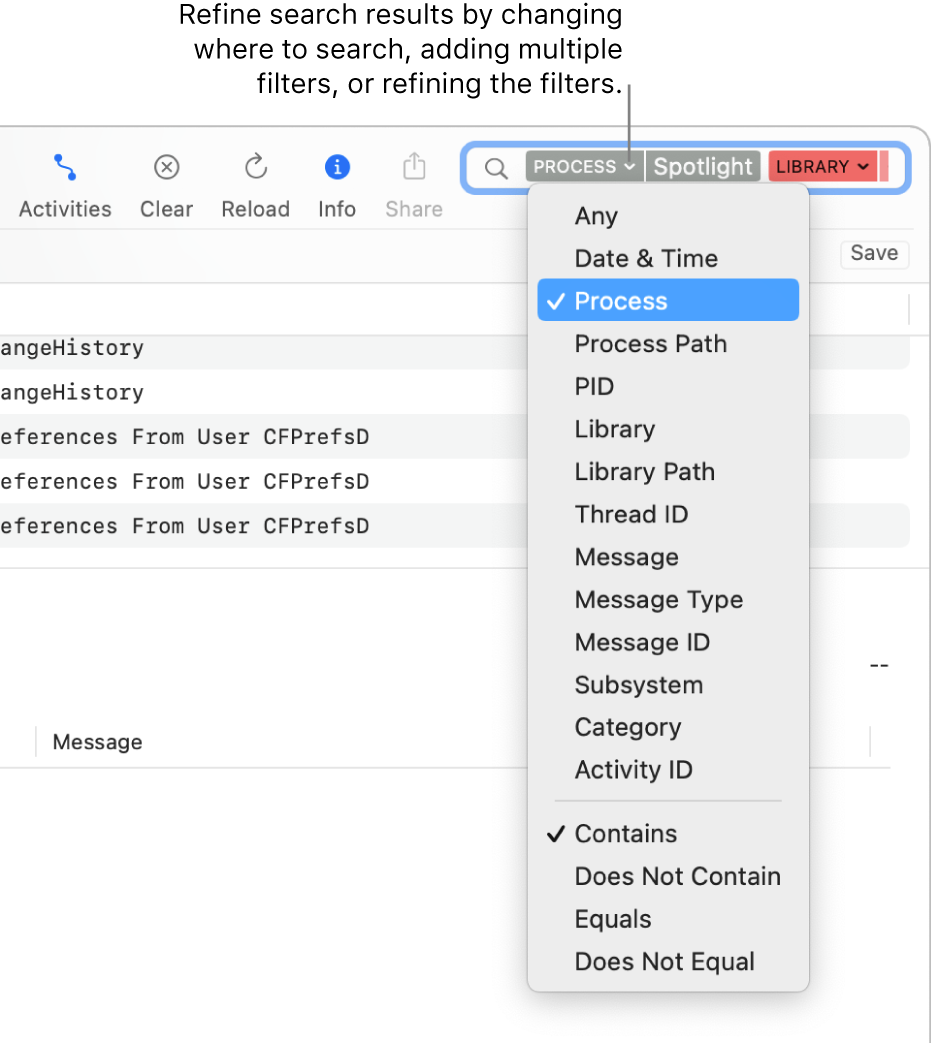
There are also some very useful network interface statistics listed in this file which are probably more relevant to IR investigations but we may look at these another time.Ĭlick to access summit-archive-1493741667. Also shows the number of users logged on, remember this is usually going to be one.Shows uptime of the system at the point in which the daily.out entry is written.grep -E -e "\w" -e "Local system status" -e "load averages" daily.outĪs you can see we can pull some interesting information about computer and account usage: We extracted the lines only containing the dates, followed by the lines which related specifically to disk usage. System/Library/LaunchDaemons/-*****.plistĪfter reviewing the content of this file, it made me consider how this might assist in some of my casework? Disk Usageįirstly, I borrowed some grep skills from a very knowledgeable and tall colleague on my team to see if we could parse out just some specific information from the daily.out file. I also reviewed the weekly.out and monthly.out files but these were, in my case, far less granular.Īt a high level daily.out contains information relating to disk usage and networking, this file is written at least daily and the configurations for all three of the periodic logs are stored in plist files in the following location: I had previously given little credence to this log but realised it can be used to determine a whole wealth of useful information. I’m sure this isn’t new to most practised Unix beards but for those who aren’t aware, there’s a really great little log file called daily.out in /var/log. Those messages are still recorded, but when you view logs in Console, you cant see them on their own. When Leopard came around, this file was removed, and the system-wide logging system (ASL) replaced it. I’ve spent a little bit of time digging through the log files on my MacBook (Mojave 10.14.2). Back in the day, prior to Leopard, there was a console.log file, which contains errors and messages for the current users account.
GET MAC SYSTEM LOGS HOW TO
This has obviously given me lots of great inspiration on how to negotiate Mac analysis in general and to take a closer look at some of those system files that we covered in training. The System Reports folder contains information about all system applications, while you can find user application logs in the User Reports folder. The default screen shows console errors, but you can go through other folders for other reports. This means you can browse to them in Finder or via the Terminal, open them in other applications, use command-line tools with them, and back up the files.I recently attended the awesome SANS DFIR, Mac and iOS Forensics and Incident Response course with Sarah Edwards. The Console app is basically the Mac version of Event Viewer for Windows, and you can access it via Finder or Spotlight search. These logs are plain-text files you can find on your Mac’s local disk, too.

Click File > Save to save your text file afterwards. Next, open the TextEdit application-for example, by pressing Command+Space, typing “TextEdit,” and pressing “Enter.” Create a new document and then select Edit > Paste to paste the messages into the text file. Next, click Edit > Copy to copy them to your clipboard. First, click Edit > Select All to select all the messages on the current screen.

You can copy data from your system logs to a text file, if you need to export it to share it with someone else for troubleshooting purposes. To view another Mac user account’s logs located under “User Reports” or “~/Library/Logs,” you’ll have to sign in as that user and then open the Console app. “~Library/Logs” is your current Mac user account’s user-specific application log folder, “/Library/Logs” is the system-wide application log folder, and “/var/log” generally contains logs for low-level system services. The search bar works to filter these log files, too.

To view the system log file, click “system.log.” To browse different application-specific logs, look through the other folders here. An application’s developer may need this information to fix a crash that occurs on your Mac, too. Edit: you ask in comments how to get the output of an external command - one way is to use backticks, e.g. If you need more information about why an application crashes on your system, you may be able to find it here. So, if you are building some kind of LAN based system and your clients are on the same ethernet segment, then you could get the MAC address by parsing the output of arp -n (linux) or arp -a (windows).


 0 kommentar(er)
0 kommentar(er)
